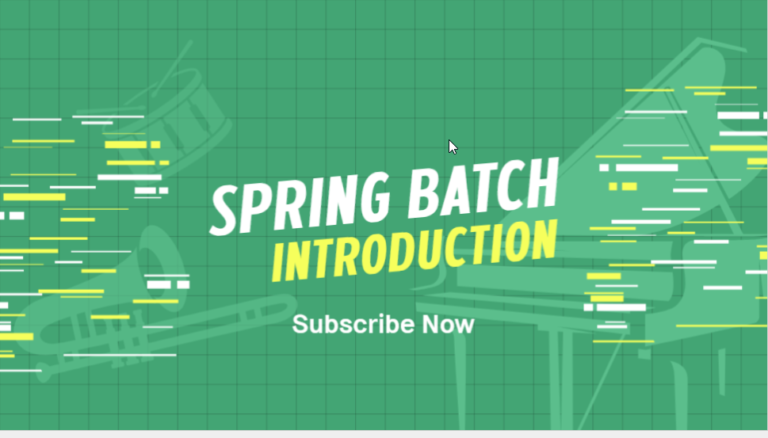
When I first started learning about Spring Batch, I came across its layered architecture, which is carefully made to handle reliable batch processing. The following parts make up the foundations of Spring Batch:
This Articles Contents
Core Components
Job: Job is the core of Spring Batch. Entity Job: This represents a entire job that can be a single step or multiple steps for the batch process.
Step: An element that represents an independent, definable part of a job. This includes operations like reading, processing, and writing in a step.
Job Instance : Represent a logical run of a job; each job instance can be identified by job parameters.
Job Execution: Keeps the runtime info of a job instance—context, status, and metadata.
Step execution: encapsulation of the runtime information for an individual step from inside a job execution.
Readers, Processors, Writers
ItemReader: Working with ItemReader has taught me a lot—it hides the sources of information, so I can read from a file, a database, or something else.
ItemProcessor: This part contains the processing code that changes the input data into the format that can be written.
ItemWriter: This class commits data to the right output destinations and handles output tasks.
The infrastructure
Spring Batch uses the Repository pattern to handle persistent batch metadata like JobInstance, JobExecution, and StepExecution. This is mostly done with databases.
Transaction Management: It’s very important that transactions are honest. Spring Batch has advanced transaction handling that keeps data consistent.
Job repository: This is a place to store information about the status of jobs and where they are running.
Listeners and Filters
By offering hooks before and after the performance, the Job Listener and the Step Listener give you control over the execution of the job and steps.
Item Read/Write Listeners: Make it easier to manage and keep an eye on things before and after the comprehension and recording steps.
You can set the “Skip Policy” to decide how to handle errors and choose when and how to skip wrong records.
Other Notable Elements
Scheduler Integration: Spring Batch isn’t a scheduler by itself, but I found that it works well with a number of scheduling systems, such as Quartz or Spring Scheduling.
Partitioning and Scalability: Spring Batch lets you divide jobs into smaller chunks that can be run on different threads or process units.
Through a thorough knowledge of these architectural parts, I can fully utilize Spring Batch for effective and fault-tolerant batch processing.